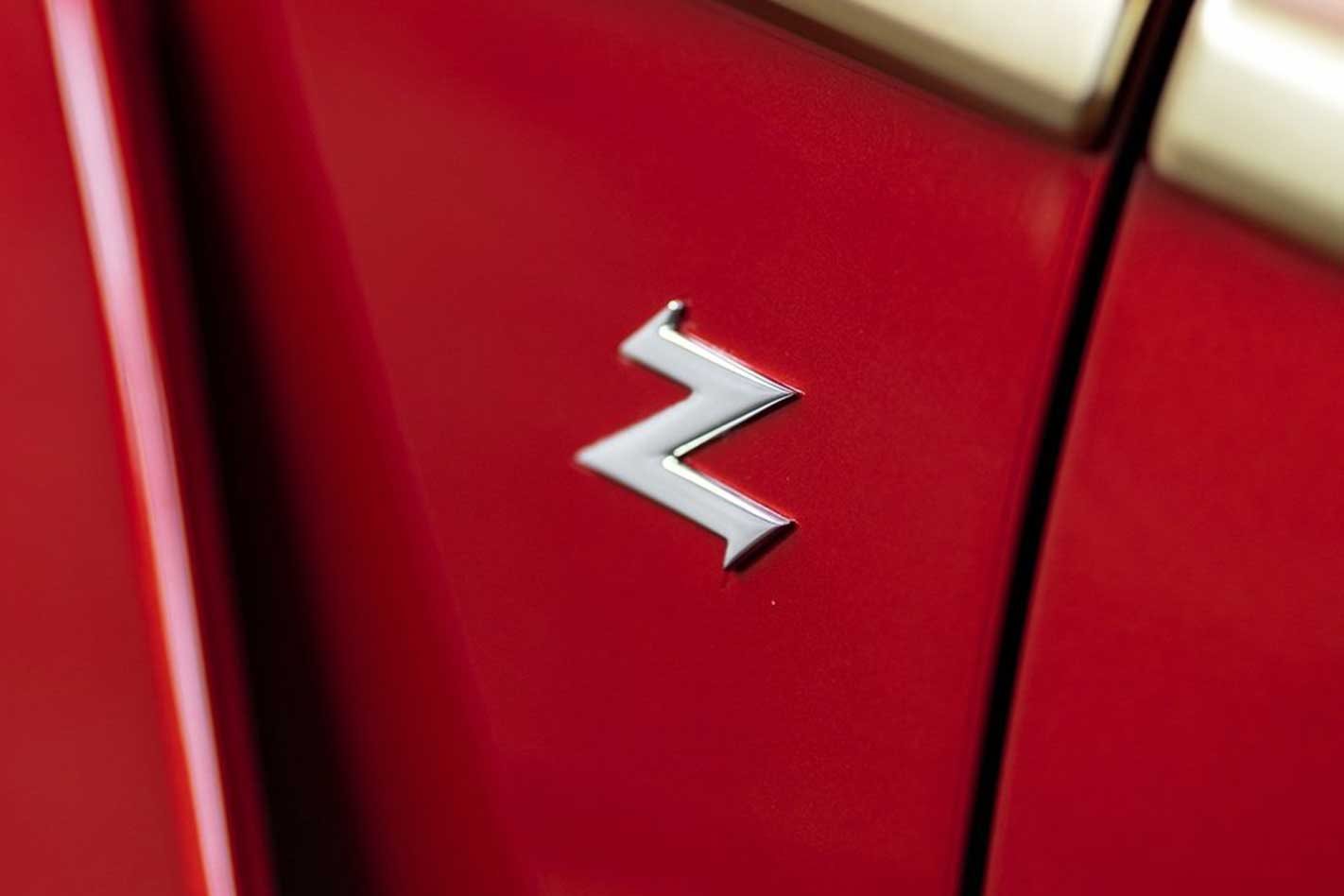If you ever wanted a succinct summary of what Zagato is, you couldn’t find a better time than this week, which saw Aston Martin releasing design sketches of the upcoming DBS GT Zagato but also the emergence of a rare Autech Zagato Stelvio AZ1 on eBay.
If you are wondering how something worthy of entry to Concours d’Elegance and an eBay bid could share the same name? Welcome to Zagato. It turns 100 this year, by the way.
Credit where it is due, the Milan-based coachbuilder has remained independent in a world where famous coachbuilders like Pininfarina has been absorbed by the Indian Mahindra Group, Italdesign Giugiaro becoming part of the Volkswagen collective, and Bertone has bitten the dust.
Its independence has given the company an untamed freedom to pursue its own distinct creative license resulting in some truly breathtakingly beautiful – and some rather esoteric – creations.
To celebrate the styling house’s centenary we have compiled a list of what we believe are the best and worst of Zagato. Being a car design studio, Zagato has a number of concept cars under its belt, but we will be focusing our attention on coachbuilt examples built on existing production cars or for production that people actually paid money for.
The Best of Zagato
1960 Aston Martin DB4 Zagato
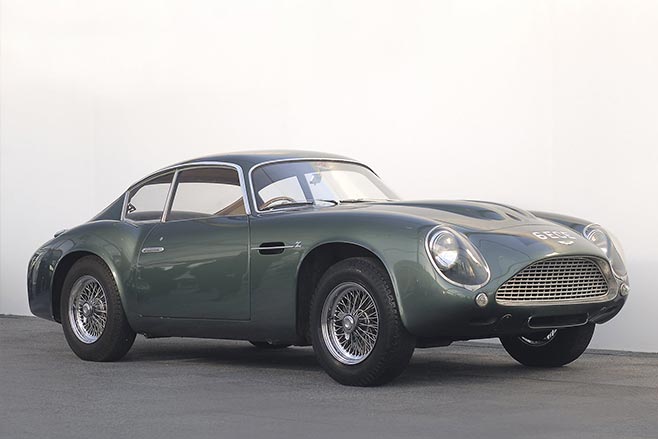
We will begin this list with the car the DBS GT Zagato takes after, the 1960 DB4 Zagato, Zagato’s first collaboration with Aston Martin, and arguably one of the prettiest cars in Aston’s long history, which says a lot.
Based on the already handsome DB4 and built with racing in mind, Zagato not only added a Latin touch to its shape, the car was lighter and more aerodynamic than the car it was based on. Despite being fitted with a more powerful 234kW straight-six than the DB4, the Zagato failed to score any significant race victories, and of the 25 examples planned, Aston could only move 19.
Over the next 59 years Aston Martin and Zagato would collaborate to produce a long line of special editions like the DB7 Zagato, Vantage V12 Zagato, and the new Vanquish Zagato, but none could supersede the DB4 Zagato in the hearts and minds of enthusiasts. Little wonder why company is planning to produce 19 ‘continuation’ models, each to be accompanied by a DBS GT Zagato.
1989 Alfa Romeo SZ
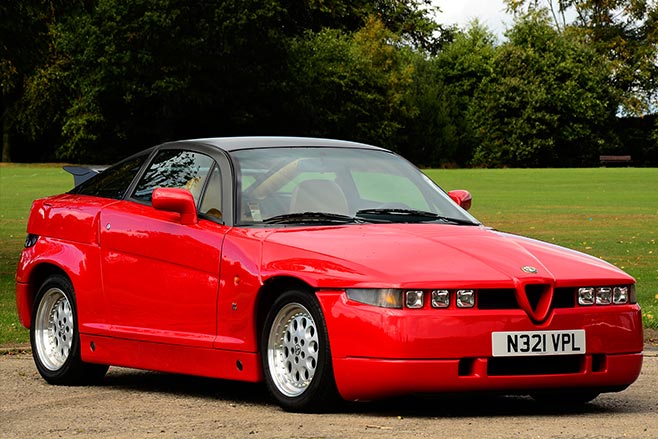
Like Aston Martin, Alfa Romeo too had a long and fortuitous relationship with Zagato, with collaborations on pre-WW1 cars right up to the present day. Alfa’s catalogue of Zagato creations is extensive with such beauties as the graceful Giulietta SVZ and the race-winning Giulia TZ, but none dominates any conversation on Alfa Romeo and Zagato quite like the 1989 Alfa Romeo SZ.
Its brutalist styling, which pushed the limits of what was possible in designing with a set of rulers, might not have been for everyone, as evident with its ‘Il Mostro’ (The Monster) nickname. However there was no denying that it packed some tasty hardware. Its chassis hailed from Alfa’s 75 Group A touring cars, its composite body kept the kilos away, and Alfa’s sonorous 3.0-litre ‘Busso’ V6 supplied the vocals. Despite its divisive looks and premium over its contemporary, the E30 M3, Alfa Romeo managed to build 1036 examples, with another limited run of 278 roadsters.
1992 Lancia Hyena
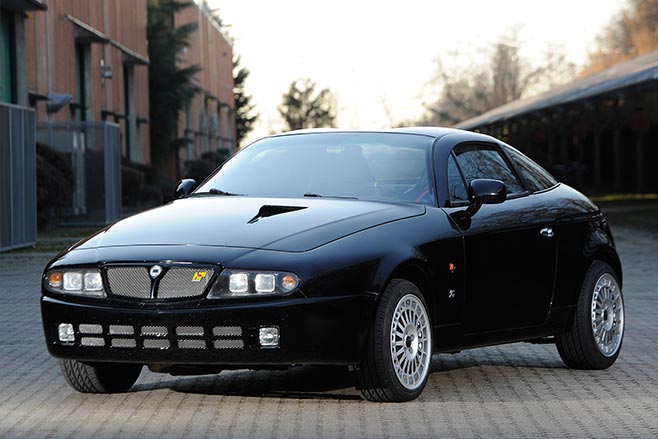
You’d think that Lancia would know better than naming a car after a shoo-in for the title of “nature’s least honourable mammal”, but the Lancia Hyena was remarkably elegant considering that it was based on the boxy Delta HF Integrale.
Taking inspiration from the Zagato-designed Fulvia Sport Zagato, the Hyena sported features an aluminium handmade body with a new dashboard and trim pieces made from carbon fibre. The extensive body work not only made the two-door coupe light (200kg lighter than the Delta Integrale), it made it rather pricey, with a price tag that stood in 911 Carrera territory.
Unfortunately for Paul Koot, the Dutch Lancia importer who financed the Hyena, its original production run of 500 was cut short to just 24.
2006 Ferrari 575 GTZ by Zagato
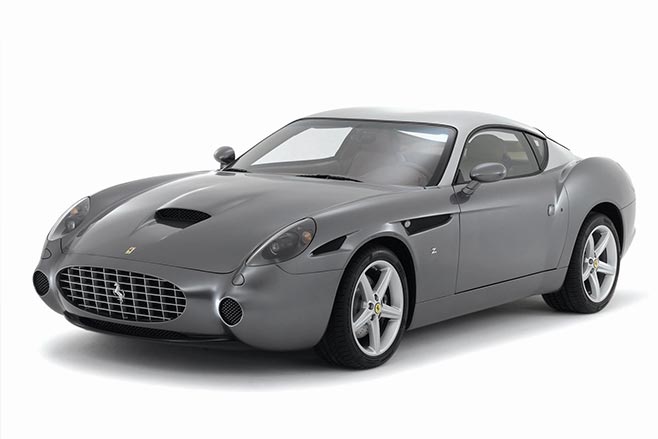
If you need an example of what the signature Zagato design cues looks like, look no further than the Ferrari 575 GTZ by Zagato. Based on the conservative-looking Ferrari 575 Maranello, the 575 GTZ has all of Zagato’s cues, double bubble roof, a curvaceous body, and sharply styled rear flanks, in exaggerated form.
Aesthetically reminiscent of a pre-war luxury grand-tourer from some angles and Ferrari’s early grand prix racers from others, the 575 GTZ was as divisive as expected of a Zagato creation. Commissioned by a wealthy Japanese collector, Zagato built six coupe examples and later followed up with a Barchetta version one-off that was based on the 575M Superamerica. Zagato also built a run of rebodied 599GTBs, though it lacked the 575 GTZ’s purity.
2009 Perana Z-One
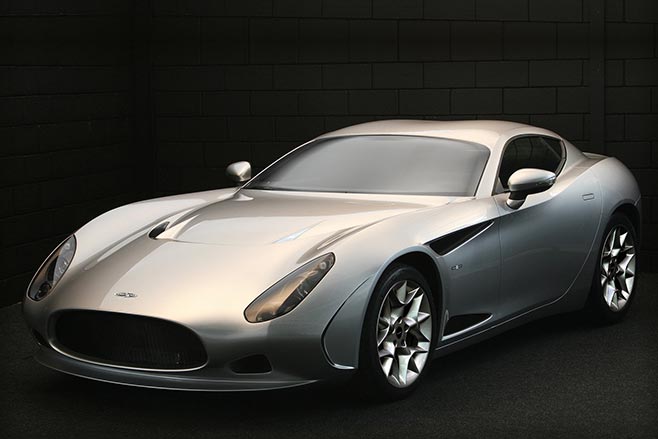
An unfamiliar name tagged onto a classically exotic body with extravagant proportions, the Perana Z-One has all the ingredients of a concept car, but it isn’t. Built by South African Hi-Tech Automotive, famed for GT40 and Shelby Cobra recreations, the Perana Z-One was planned to be built in a limited run of 999.
However as the 2009 global economy went down the toilet it was reported that only 11 bodies were built and customers were left to fit in their own engines, most of whom opted for an LS V8. Purportedly seven cars retained the Perana name, while another four were finished by AC Cars and rechristened as the AC378GT Zagato.
The Worst of Zagato
Toyota Harrier Zagato
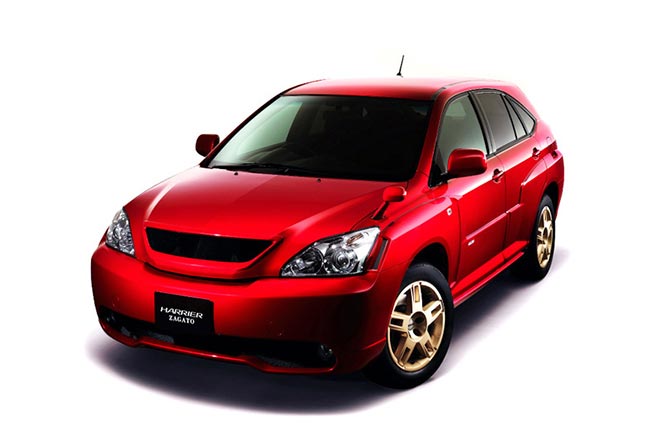
The Autech Stelvio AZ1 might not be to everyone’s tastes, however no one can hold it against Zagato for putting maximum effort into their Japanese commission. The same however can’t be said about the Toyota Harrier Zagato.
Unlike the Stelvio, Zagato’s influence here is only in the form of bodykits that gave the second-generation Harrier SUV (sold here as the Lexus RX) a racy touch that could only have originated from the 1990s.
Introduced in 2006 to celebrate the 50th anniversary of Toyopet dealerships (a prominent Toyota dealership chain in Japan), Toyota only built 250 examples. On the other hand, we should count ourselves lucky that the world was never graced by a full-coachbuilt Harrier Zagato.
Lamborghini 5-95 Zagato
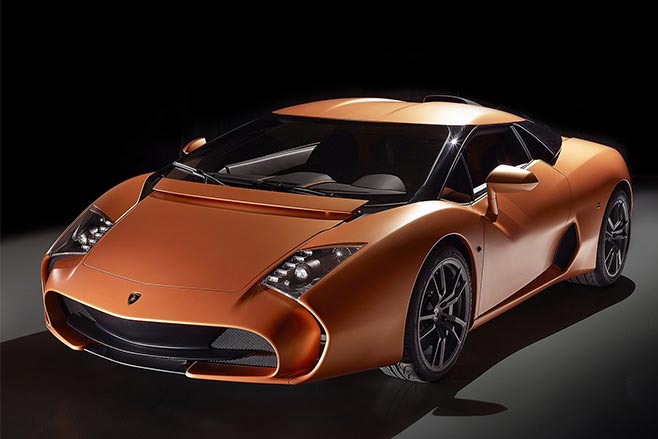
The Lamborghini Gallardo might not be the prettiest Lamborghini, or the most outrageous, but even with room for improvement in the styling department, Zagato’s own tribute to their own 95th anniversary was by most metrics, a little over the top.
Commissioned by car collector Albert Spiess, the Lamborghini 5-95 Zagato removes all of donor car’s subtle edgy styling and draped it with the bulbous curves of an amphibian while finishing it off in an odd shade of orange that screams nothing.
Considering that Spiess paid an undisclosed but substantial fund for the honour of making it “a fundamental piece” of his collection – and that Zagato later built three more for customers – the 5-95 truly is one for the esoteric of tastes.
Zagato Zele

There is a general rule in car design that the smaller the dimensions of the car is, the harder it is to come up with something classically beautiful. With the Zagato Zele electric car, it almost seemed as though its designers really didn’t bother once they strapped four wheels to a brick shithouse. The closest link to Zagato the Zele has is probably the two grooves that wraps around the glasshouse, which can be seen as an interpretation of the double-bubble roof, if you squinted.
Amazingly, Zagato produced 500 of these tiny electric boxes that could hit a top speed of 40km/h with a maximum range of 80km. Zagato had another go at a nippy electric city commuter in 2013 with the Volpe. Though it looked like a Smart fortwo that was laid on its side and fed through a press, you can at least say it was styled.

